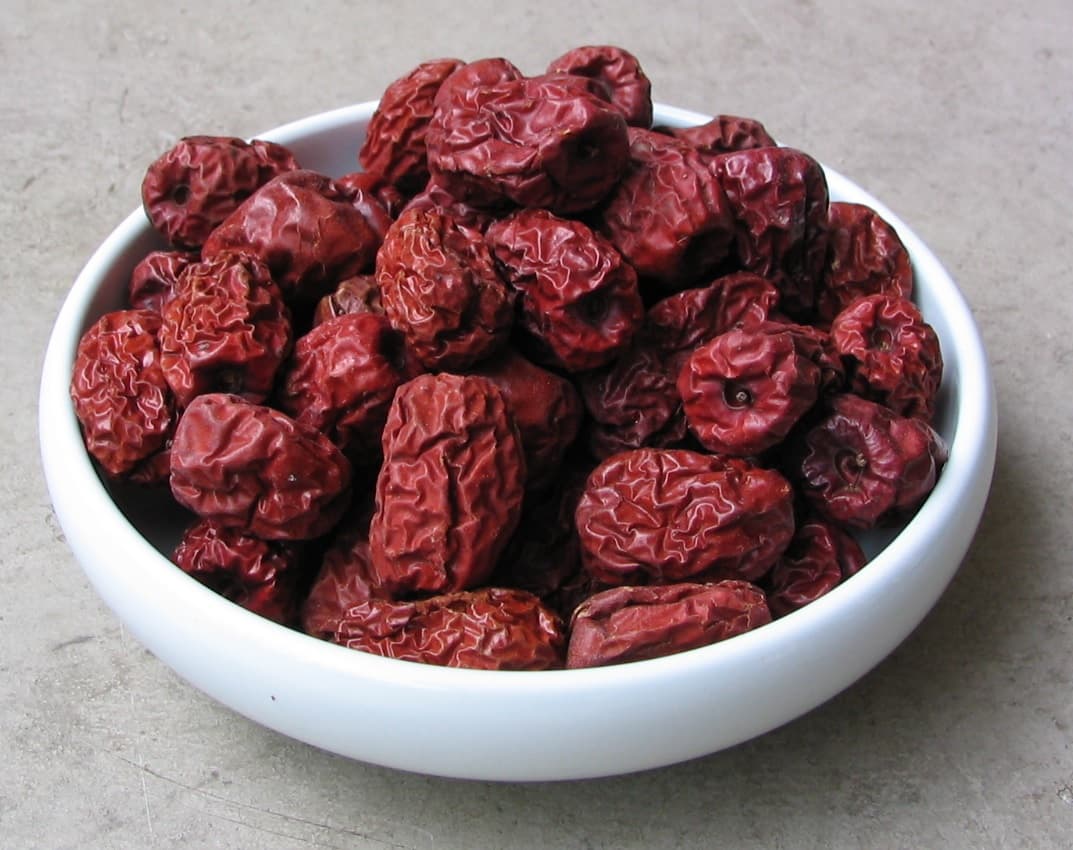“We take our produce to the local farmers markets of a weekend and as soon as someone tastes a jujube they love it instantly – it’s a very enjoyable fruit and I’m yet to come across anyone who doesn’t agree that they are delicious,” he said.
Also known as a Chinese date, the jujube is an edible oval drupe that grows on a small deciduous tree or shrub naturally reaching a height of anywhere between five and 12 metres tall.
The fruit varies in size depending on the cultivar, and it has a thin, dark red skin surrounding a sweet, white flesh that can be eaten fresh, dried or processed, but is commonly sold fresh or dried through local markets and Asian supermarkets across Australia.
The jujube industry in Australia is currently small, with just 60 growers nationally but Graham Brookman said it’s ready to grow – with demand for the fruit ever present.
“It’s a crop that gives you multiple products that we’ve found it easy to find a market for,” he said.
“We haven’t had to pursue value adding for survival either but that’s an avenue that’s very much open to growers, especially those exploring the health benefits of the jujube.”
Jujube contains vitamins, minerals and antioxidants and is rich source of vitamin C and B-complex and research shows that the antioxidant capacity of fresh jujube is also relatively high compared with other vegetables and fruits. Dried jujubes are also widely used in Traditional Chinese Medicine.
Whole of industry approach required
It’s just one of the aspects of the fruit that industry is looking to promote as part of the recently launched Australian Jujube 2030 Strategic Blueprint | AgriFutures Australia
Author of the Strategic Blueprint, Trevor Ranford, Executive Officer of the Jujube Growers Association and he said the Blueprint offers direction to the industry to move forward together.
“Currently the industry is typical of most small, emerging industries in that each individual grower has developed their own way of producing and conduct their own research and development, or sometimes with others in their own region or state,” he said.









